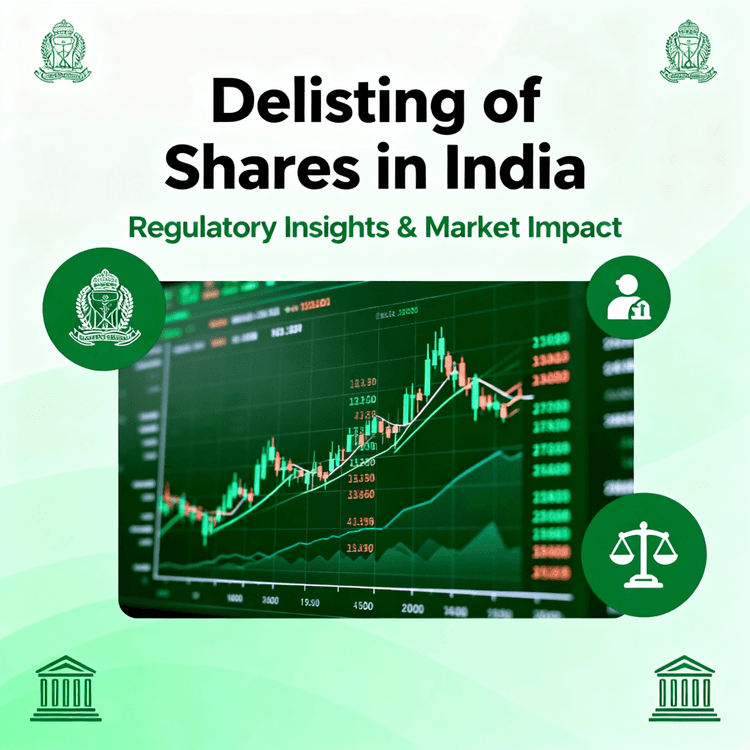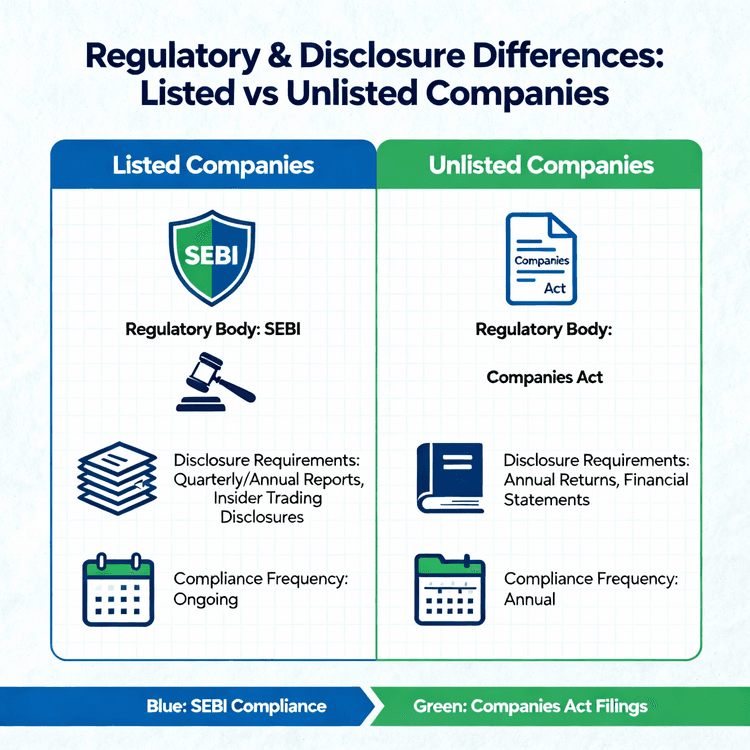The National Stock Exchange of India (NSE) is a cornerstone of the Indian financial market, facilitating wealth creation for individuals and capital raising for businesses. While most know it as a publicly accessible trading platform, a portion of NSE's equity remains privately held. These are known as NSE India Limited unlisted shares. Understanding these shares – how they function, their potential, and associated risks – is crucial for investors looking beyond the traditional stock market.
What Are NSE Unlisted Shares?
These are equity shares of the National Stock Exchange (NSE) that are not listed or traded on any public stock exchange like NSE or BSE. They represent a stake in one of India's most influential financial institutions, offering a chance to participate in its growth story before a potential public listing. NSE unlisted shares are held privately, often by institutional investors, employees, and select private buyers.
NSE Unlisted Share Price and Dividend
- Price is determined by market forces, NSE's performance, and investor sentiment, but lacks continuous, transparent market discovery.
- Strong demand and price appreciation have been seen recently, inspired by the impressive growth of its peer exchange Bombay Stock Exchange (NSE:BSE), BSE's listed shares.
- NSE, being profitable, regularly declares dividends, making these shares attractive for both capital appreciation and income.
- The National Stock Exchange (NSE) has declared a dividend of Rs. 90 per share (Pre-bonus) alongside a bonus share distribution at a 4:1 ratio, which further incentivizes shareholding and capital appreciation.
➢ Infrastructural Advantage: High-Speed Trading Platforms: NSE operates one of the fastest and most efficient trading systems globally executing transactions in milliseconds, and this speed benefits both institutional and retail investors by giving them access to a fair and rapid trading experience. Algorithmic trading has enabled NSE to execute volumes with ease and with speed.
➢ Market Leadership: As the premier stock exchange in India, NSE is the largest derivatives exchange in the world for the fifth consecutive year.
➢ Growing Retail Participation and Financial Awareness: Stock market investing is being embraced by a growing number of retail investors. With the rise of mobile apps and online trading platforms, these digital platforms are user-friendly, leading to an increase in retail investor participation in the stock market.
➢ India’s Economic Growth and Policy Reforms: India’s rapidly growing economy leads to higher corporate earnings, which in turn attract more investment in the stock market. The Indian government has implemented a series of policies aimed at boosting the stock market, leading to increased participation.
➢ Competitive Positioning and Market Standing: The NSE has the highest turnover among peer exchanges in India due to its dominant 93% market share in the equity cash segment, supported by its technology and ability to execute large volumes of transactions, investor base, greater liquidity, and strong network effects.
Financial Standpoint of NSE
➢ The NSE has shown year-on-year 28% revenue growth to ₹16,433.61 crores in FY 23-24, driven by increased trading volumes, particularly in the cash market and equity futures and options segments, higher transaction charges, and growth in data center and connectivity charges.
➢ The average daily turnover in the cash market increased by approximately 53%, and in the equity F&O segment by around 21%. The profit after tax reached ₹8,305.74 crores, a 12.91% increase compared to the previous year. The operating margin stands at 71%, which indicates that it is not only generating more revenue but is also effectively converting this into profit.
Risks and Considerations
- Limited Liquidity: Unlisted shares are not traded on public exchanges, so selling may take time and depend on buyer availability.
- Price Volatility: Prices can fluctuate widely due to lack of continuous market pricing and limited information.
- Regulatory Approvals: Share transfers above certain thresholds require NSE board and SEBI approvals, which may delay transactions.
- Market Uncertainty: Until NSE goes public, valuation remains speculative and dependent on market sentiment and company performance.
Given the growth drivers and potential headwinds, here's a speculative forecast for NSE unlisted share prices:
| Timeframe | Potential Price Range (₹) | Justification |
| End of 2025 | 2,200 - 2,500 | Continued market leadership, strong financial performance, and progress towards IPO. Increased investor awareness due to retail participation, plus additional boost from positive impact of bonus shares. |
| 2026 (Post-IPO) | 3,000 - 3,500+ | Assumes successful IPO at a premium valuation and sustained growth momentum, better sentiment and liquidity in markets. The price might increase with more retail and institutional investment. |
| Long-Term (5+ Years) | 4,000 - 5,000+ | Reflects sustained growth in Indian capital markets, NSE's dominance, diversification into new products, and significant capital inflow thanks to a growing investor base, plus consistent dividend payouts. |



